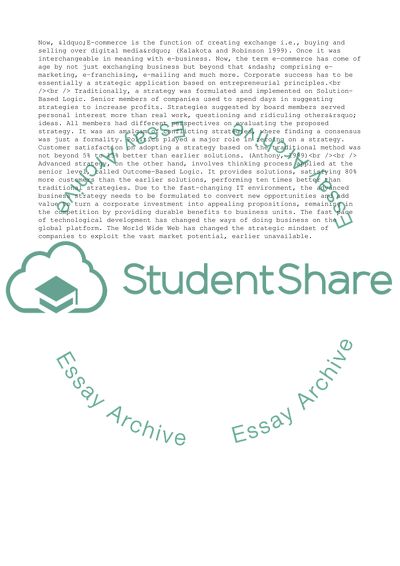Cite this document
(Challenges for Senior Corporate Leadership and Strategic Management in Term Paper, n.d.)
Challenges for Senior Corporate Leadership and Strategic Management in Term Paper. Retrieved from https://studentshare.org/management/1537362-e-commerce-managent
Challenges for Senior Corporate Leadership and Strategic Management in Term Paper. Retrieved from https://studentshare.org/management/1537362-e-commerce-managent
(Challenges for Senior Corporate Leadership and Strategic Management in Term Paper)
Challenges for Senior Corporate Leadership and Strategic Management in Term Paper. https://studentshare.org/management/1537362-e-commerce-managent.
Challenges for Senior Corporate Leadership and Strategic Management in Term Paper. https://studentshare.org/management/1537362-e-commerce-managent.
“Challenges for Senior Corporate Leadership and Strategic Management in Term Paper”. https://studentshare.org/management/1537362-e-commerce-managent.


